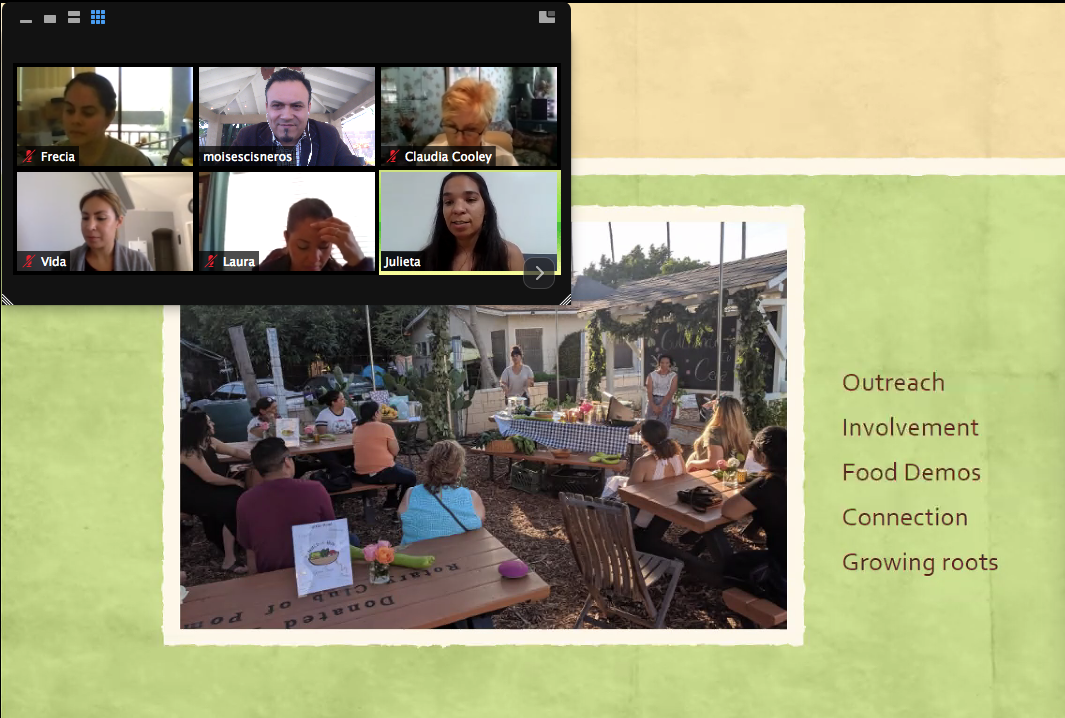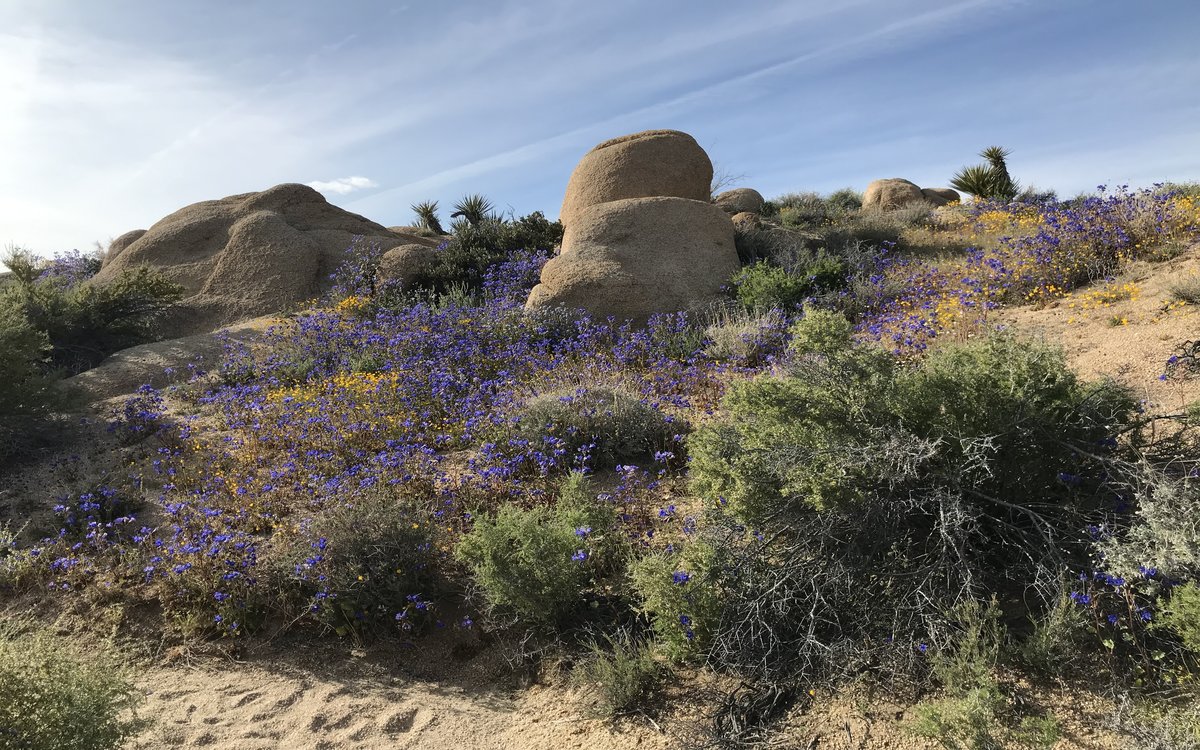At a time when Americans face the coronavirus public health crisis and many rise to the urgent call for racial injustice—conservation advocates cannot stay silent and neglect to take this moment to act. The need to protect lives, health, and safety are real and immediate, and are also deeply intertwined with our environment.
The intersections of health, local economies, racial justice, and sustainability are often obvious but go unaddressed by those in power -- which shows the need for true grassroots work where communities lead the way. In California, our activists are working to rethink and restructure existing societal infrastructure at all levels, especially at a time when so many challenges are on the forefront.
I recently joined community leaders, health experts, and volunteers to lead a series of webinars that focus on reimagining what a sustainable future could look like for Southern California’s Inland Empire. The region is home to a large swath of sensitive desert ecosystems like the Mojave Desert and Joshua Tree National Park, as well as some of the communities hardest hit by environmental degradation.
Close to 100 people joined fruitful discussions about investing in small-scale, distributed clean energy, protecting the vast public lands that surround our homes, and increasing our resiliency to immediate climate threats. In breakout groups, participants shared their experiences and perspectives around environmental issues that affect their daily lives, like access to healthy food and clean air and water, as well as their concerns around personal finance and indicators of local economic health like investment and jobs.
The diverse backgrounds and demographics of people who joined showcased just how wide-reaching issues of conservation really are -- and the need for more community-centered learning.
This reminded me of my own, nontraditional career path, which led me to the Sierra Club. As an entrepreneur and advocate for small businesses, I was compelled into the conservation space in response to the dismantling of environmental and health protections across the United States.
If we are going to successfully defend our natural habitat and our own well-being, we’ll need to create a tent big enough to welcome people of all backgrounds. This means that our green environmental movement culture cannot continue to be homogenous. It needs to include frontline communities, people of color, people with diverse socioeconomic backgrounds and, yes, even former environmental depleters. By partnering with a kaleidoscope of interests and people, we will see big-picture solutions to the climate crisis.
The Sustainable Economies webinar series has helped lay the foundation for building meaningful, localized connections around themes of conservation and environmental protection for the Inland Empire and desert communities at a time when these dialogues are especially relevant and urgent.

A look at one of the webinars.
From here, we will work with existing and newly identified community leaders to ensure we influence elected officials to shape a sustainable economy for our local communities. We are excited for the ways that these evolving partnerships will not only engage Inland Empire communities in protecting California’s deserts but also build greater solidarity with the community and their other goals. These efforts can also contribute to the national goal to protect 30 percent of our lands and waters by 2030 to tackle both the extinction and climate crises.
For too long, environmental injustices have devastated communities of color. Neighborhoods have been used as sacrifice zones for polluters to dump toxic waste, extract dirty fuels, and constrain lower-income people to jobs that are harmful to their health— like farming using toxic pesticides, working in warehouses with unsavory conditions, and others. Even now, we are witnessing the communities facing environmental injustices suffer some of the highest rates of coronavirus in the country. And too often the conservation groups that have the most power in the policy arena fail to respond to these urgent community needs because of their lack of diverse, frontline voices.
This pivotal moment in our country offers a time for reflection and real change in our movement, and that often means stepping aside to let communities map what a conservation and environmental protection agenda means to them.
